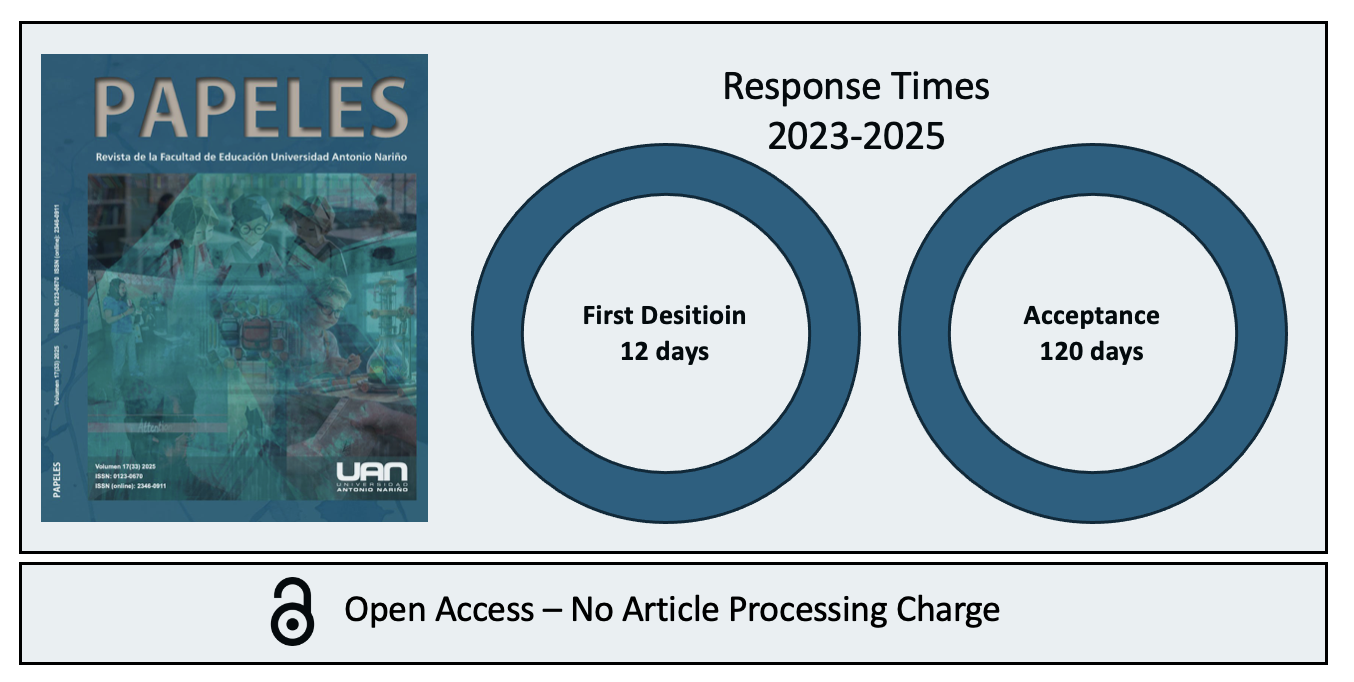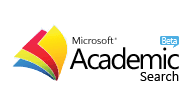A metaphor is haunting the world
DOI:
https://doi.org/10.54104/papeles.v10n19.510Keywords:
metaphor, pedagogy, economic scienceAbstract
The article examines the role of metaphors regarding the development and the teaching of science in general and of economic science in particular. Examples from physics and biology are discussed and the “invisible hand” metaphor is briefly analyzed in the context of Adam Smith political economy and Milton Friedman positive economy.
Downloads
References
(1) Archer, M. (2013). Social Origins of Educational Systems. London and New York: Routledge.
(2) Bradie, M. (1999). Science and Metaphor. Biology and Philosophy, 159-166.
(3) Bunge, M. (1996). La ciencia, su método y su filosofía. Santafé de Bogotá: Panamericana. (4) Castelló-Climent, A. (2008). On the distribution of education and democracy. Journal of Development Economics, 87, 179–190.
(5) Chong, D., & Druckman, J. (2007). A Theory of Framing and Opinion Formation in Competitive Elite Environments. Journal of Communication, 57, 99-118.
(6) Coffield, F. (2012). Why the McKinsey reports will not improve school systems. Journal of Education Policy, 27(1), 131–149.
(7) Friedman, M. (1953). Essays in Positive Economics. Chicago: The University of Chicago Press.
(8) Fuentes G., D., & Belmonte U., L. J. (2015). La metáfora en el lenguaje económico: Una
aproximación sociometafórica al concepto de burbuja inmobiliaria. Hispania 98.4, 760-776.
(9) Gamson, W., & Modigliani, A. (1989). Media Discourse and Public Opinion on Nuclear Power: A Constructionist Approach. American Journal of Sociology, 95(1), 1-37 .
(10) Gilarranz, L. M. (2008). La traducción de la metáfora en el lenguaje de la economía.
Correspondencia en lenguas afines: italiano - español. Actas del IV Congreso «El español,
lengua de traducción» 8 a 10 de mayo de 2008 Toledo (pp. 405-421). Madrid: ESLEtRA.
(11) Gonzáles, M. (2013). Teoría social realista y la construcción del sistema educativo estatal en España: algunas propuestas para el análisis del cambio educativo. Revista Mexicana de Investigación Educativa, 18(59), 1213-12.
(12) González G., L. (2016). El problema de la teleología y la metáfora del diseño en biología: cuestiones epistemológicas e implicancias didácticas. Tecné Episteme Y Didaxis TED, (40), 149-173.
(13) Green, N. (2015). Analyzing Public Discourse: Using Media Content Analysis to Understand the Policy Process. Current Issues in Comparative Education, 18(1), 26-41.
(14) Grindle, M. (2004). Despite the odds. The contentious politics of Education Reform. Princeton and Oxford: Princeton University Press.
(15) Heisenberg, W. (1958). Physics and philosophy. New York: Harper & Brothers Publishers. Henríquez, H. (2013). Politicas públicas en
(16) educación y desarrollo en la Región Caribe. Revista de Economía del Caribe, 12, 217-246.
(17) Lakoff, G., & Johnson, M. (2003). Metaphors we live by. Chicago: The University of Chicago Press.
(18) Mankiw, N. G. (2018). Principles of economics. Cengage Learning.
(19) Parra, J. D. (2015). The Paradigm of Critical Realism and Involving Educators in Policy Debates. GIST Education and Learning Journal(10), 149-171.
(20) Parra, J. D. (2016). Realismo crítico: una alternativa en el análisis social. Sociedad y Economía(31), 215-238.
(21) Parra, J. D. (2017). El reto de la descentralización educativa: reflexiones desde la mirada de actores nacionales y subnacionales en el caso del departamento del Atlántico. Papel político, 22(2), 339-367.
(22) Parra, J. D. (2018). Critical realism and school effectiveness research in Colombia: The difference it should make. The British Journal of Sociology of Education, 39(1), 107-125.
(23) Schreier, M. (2012). Qualitative Content Analysis . London: Sage.
(24) Smith, A. (1996 [1776]). La riqueza de las naciones. Madrid: Alianza editorial.
(25) Smith, A. (1997). Teoría de los sentimientos morales. Madrid: Alianza Editorial.
(26) Soifer, H. (2015). State Building in Latin America. Nueva York: Cambridge University Press.
Downloads
Published
-
Abstract328
-
PDF (Español)165
How to Cite
Issue
Section
License

This work is licensed under a Creative Commons Attribution-NonCommercial-ShareAlike 4.0 International License.





